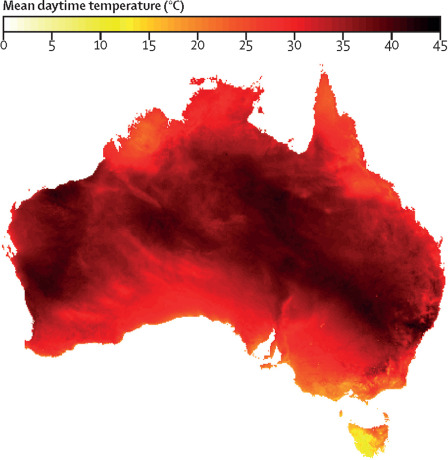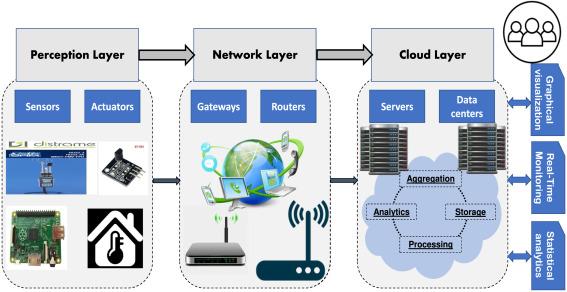Thermal comfort, defined as the state of mind in humans that expresses satisfaction with the surrounding environment's thermal conditions, is central to the notion of sustainable development, aligning significantly with several Sustainable Development Goals (SDGs).
Under SDG 3, "Good Health and Well-being," thermal comfort is crucial. It has a direct impact on human health and well-being, as poor thermal conditions can lead to discomfort, stress, and even illnesses like heat stroke or hypothermia. Moreover, populations increasingly spend time indoors, emphasizing the importance of thermal comfort in buildings. This links it to SDG 9 "Industry, Innovation, and Infrastructure," where it prompts the creation of sustainable, resilient, and comfortable infrastructures.
SDG 7, "Affordable and Clean Energy," also resonates with thermal comfort. Achieving thermal comfort usually requires energy for heating or cooling, highlighting the need for energy-efficient solutions. Passive architectural design techniques or smart energy systems can facilitate thermal comfort without contributing to excessive energy consumption.
Thermal comfort ties into SDG 11, "Sustainable Cities and Communities," as urban areas must consider this aspect in their development. Urban heat islands can exacerbate heat stress for inhabitants, stressing the importance of city planning considering green spaces and suitable building materials to counteract this effect.
Lastly, SDG 13, "Climate Action," relates to thermal comfort. As climate change exacerbates extreme temperature fluctuations, it will become more challenging to maintain thermal comfort, especially in resource-limited settings. This necessitates developing and implementing strategies and technologies to maintain thermal comfort in the face of global warming.
In summary, therm
Background: Increasing air conditioner use for cooling indoor spaces has the potential to be a primary driver of global greenhouse gas emissions. Moving indoor air with residential fans can raise the temperature threshold at which air conditioning needs to be turned on to maintain the thermal comfort of building occupants. We investigate whether fans can be used to reduce air conditioner use and associated greenhouse gas emissions.
Gender differences in the assessment of thermal comfort and indoor environmental quality (IEQ) in the Gulf Cooperation Countries (GCC) have not previously been investigated, despite the prevalence of the overcooling of indoor spaces. This study investigated the effect of sex, age and body mass index on subjective thermal comfort perceptions, comfort temperature and IEQ satisfaction in offices using our thermal comfort surveys in Qatar, India, and Japan. Data from the American Society of Heating, Refrigerating and Air-Conditioning Engineers (ASHRAE) databases were used for comparison.
Monitoring the thermal comfort of building occupants is crucial for ensuring sustainable and efficient energy consumption in residential buildings. Existing studies have addressed the monitoring of thermal comfort through questionnaires and activities involving occupants. However, few studies have considered disabled people in the monitoring of thermal comfort, despite the potential for impairments to present thermal requirements that are significantly different from those of an occupant without a disability.
Urbanization is transforming human society in many ways. Besides all the obvious benefits, it also brings negative impacts such as the well-documented urban heat island (UHI) effect and the magnified human heat stress. One way to reduce human heat stress is to increase vegetation density in urban areas, because they can provide evatranspiration and shading benefits. However, given the diversity of tree species and their morphological properties, it is important to understand rationally how different trees regulate thermal comfort.
It is well known that there is a need to develop technologies to achieve thermal comfort in buildings lowering the cooling and heating demand. Research has shown that thermal energy storage (TES) is a way to do so, but also other purposes can be pursued when using TES in buildings, such as peak shaving or increase of energy efficiency in HVAC systems. This paper reviews TES in buildings using sensible, latent heat and thermochemical energy storage.


